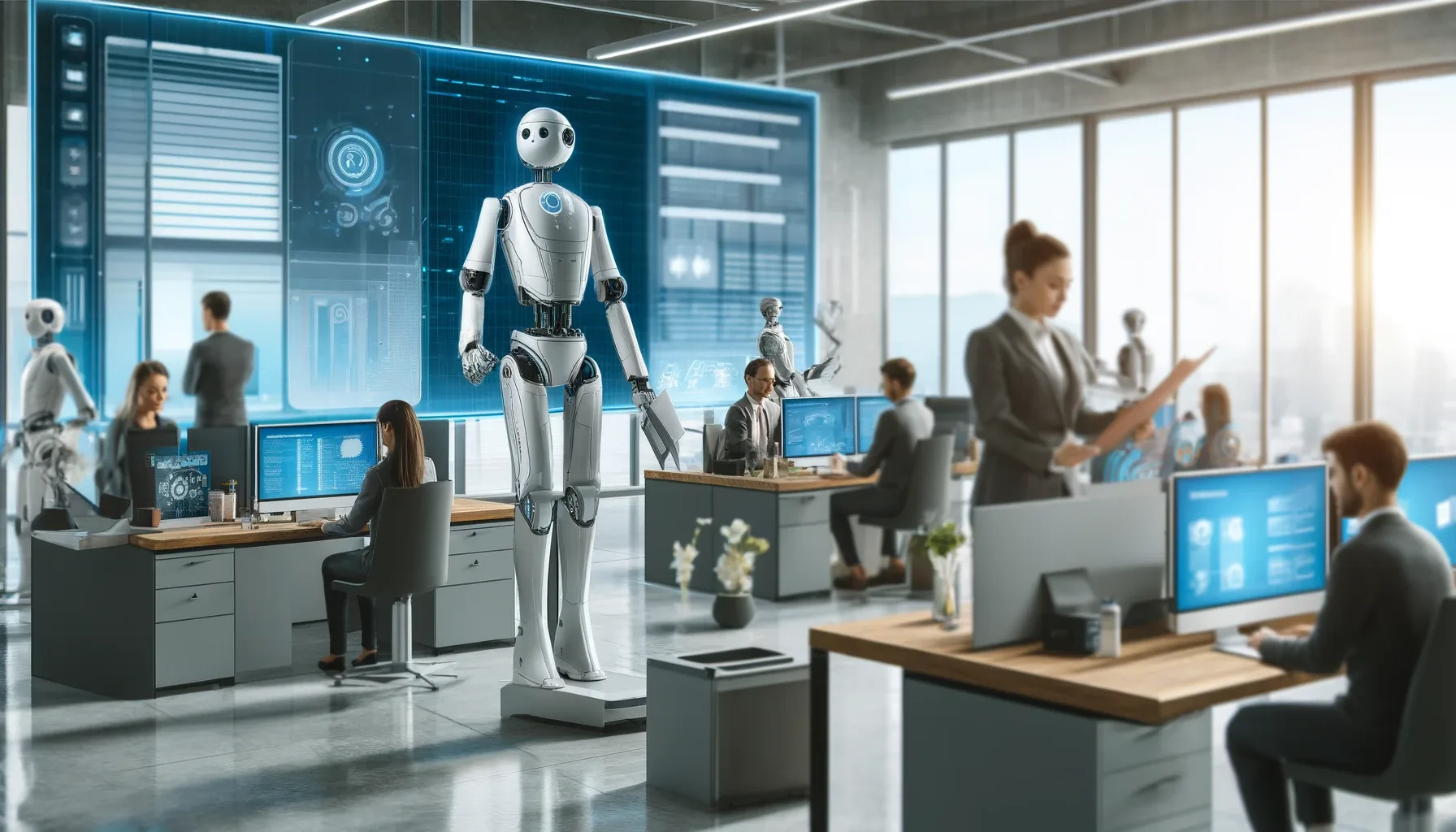The Role of Automation Solutions in Modernizing Workflows
What is workflow? Are you running a business without considering workflow automation? Your competitors have already integrated it into their business management.
67% of companies use workflow automation tools to make their work smoother and more efficient. Automating tasks saves employees time on repetitive tasks, somewhere between 60% to 95%. It means they have more time to focus on important things, like developing new ideas or solving complex problems.

What Is Workflow Automation and Why Does It Matter?

Workflow automation is a widely adopted practice across various industries, employed by businesses of all sizes to simplify processes, reduce manual effort, and improve work results. While a high number of organizations use business process management software for workflow automation, 50% of business leaders planning to automate further repetitive tasks
What Is the Future of Workflow Automation?

What is workflow and how critical is proper management for your business? From steps to decisions and interactions: it combines the required steps to move from the beginning to the end of a task.
60% of occupations have at least 30% of their activities that could be automated with currently demonstrated technology. On the other hand, 95% of businesses use some form of workflow management to structure and track their work processes. These numbers show workflow automation benefits in modern business environments.
Looking forward, the future of workflow automation appears promising, with the market projected to grow from USD 21.70 billion in 2024 to USD 34.18 billion by 2029, with an annual growth rate of 9.52%. As more businesses identify its benefits and competitive advantages, we can expect to see even greater adoption rates and advancements in automation technology. This ongoing evolution of custom automation tools will continue to reshape how businesses operate and drive further improvements in efficiency and productivity.
What is Automation in Business and Future Prospects? Let’s explore some trends and forecasts.

Increased Adoption of AI and Machine Learning in Business Processes
One critical trend in automation is the increased adoption of AI and machine learning in business processes. The advanced technologies allow companies to analyze vast amounts of data, make predictions, and automate decision-making processes. Statistics show that during 2024 more than 50% of businesses have already started implementing AI and machine learning technologies, with an additional 19% planning to integrate in the next two years.
Integration of IoT Devices
Integrating IoT devices and nonstandard computing hardware enables companies to gather real-time insights, automate processes, and improve decision-making. The number of IoT devices used across industries will continue growing. Different businesses implement them for specific applications tailored to their needs. The data generated by IoT provides valuable insights that can drive business decisions and improve operational efficiency. It helps in driving innovation and improving the strategy effectiveness across various industries.

More Advanced Automated Customer Service Solution
Chatbots and other customer service solutions have become increasingly popular, enabling businesses to automate customer interactions across various channels, including websites, messaging apps, and social media platforms. These automated systems handle routine inquiries, provide instant responses to frequently asked questions, and even engage in natural language conversations with customers. Besides, Automation solutions intelligently route customer inquiries to the most appropriate support agent or department.
Continued Growth of Cloud-Based Automation Solutions
Cloud-based automation solutions deliver scalable, flexible, and cost-effective automation capabilities, enabling firms to simplify processes, improve agility, and boost productivity. They allow modern businesses to adapt to changing workloads and requirements. These resources help companies avoid the expenses associated with purchasing, maintaining, and upgrading on-premises hardware and software, providing greater financial flexibility.
Adoption of Autonomous Vehicles and Drones for Delivery and Transportation
Major technology companies and automotive manufacturers investing in developing autonomous vehicle technology will bring fully autonomous vehicles to market in the coming years. Companies like Amazon, UPS, and FedEx use autonomous delivery programs, with plans to expand their use in the future. Inautonomous vehicles and drones into existing transportation infrastructure will be critical for widespread adoption.
Increased Investment in Cybersecurity Automation
Automation helps modern businesses relieve the burden on cybersecurity professionals by automating routine tasks, such as threat detection, vulnerability management, etc. allowing them to focus on more strategic initiatives. Cybersecurity automation enables companies to achieve greater visibility and control over their IT environments, automate security policy enforcement across various systems and platforms, and ensure consistent security across the entire infrastructure.
Growth of Automation in Human Resources
The growth of automation in human resources changes how companies recruit, manage, and develop their workforce. AI-powered tools analyze resumes, assess candidate qualifications, and identify top talent more efficiently than traditional methods. Applicant tracking systems, on the other hand, automate administrative tasks such as job posting, application tracking, and interview scheduling, freeing up HR professionals to focus on building relationships with candidates.
Conclusion
The future of automation looks bright as technology gets smarter and more flexible. With advancements in artificial intelligence, machine learning, and robotics, machines can now do tasks that used to be done only by people. It means work can be done faster and better in many industries.
Artificial intelligence and machine learning help machines learn from data, make decisions, and improve over time. Combined with robots, these technologies have started changing how we work in many areas. More and more industries are using automation to do things faster, save money, and develop new ideas.
While no one can be 100% sure how exactly automation will change everything, it is clear that more businesses will adapt to changes. Partnering with an innovative software development company like Westside Tech Solutions can ensure hassle-free integration of automation solutions into existing workflows, promoting natural growth and progress.